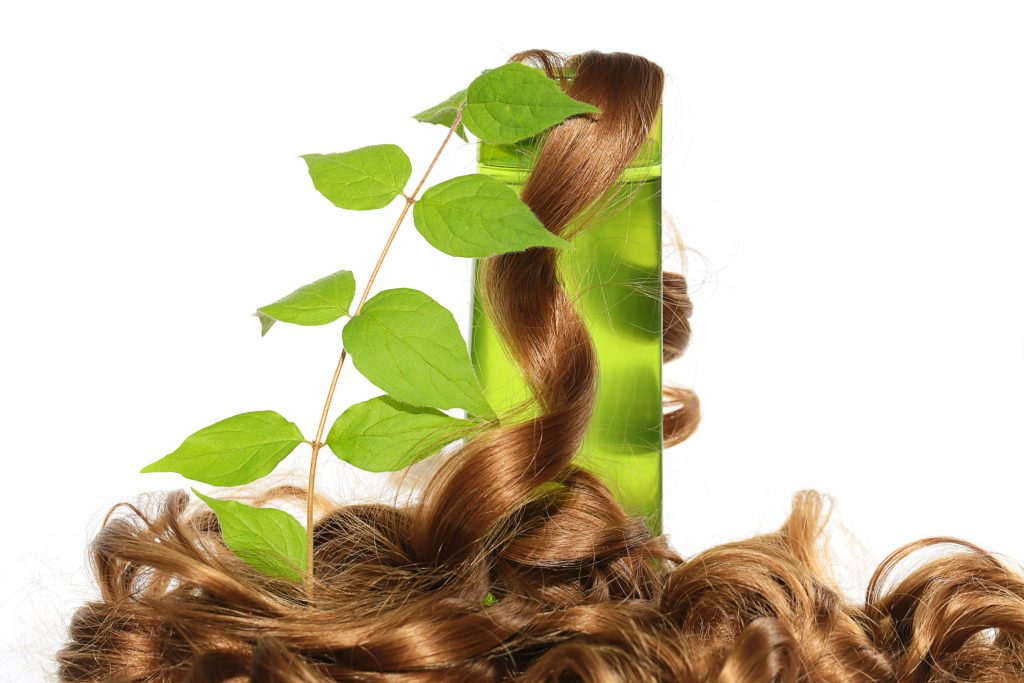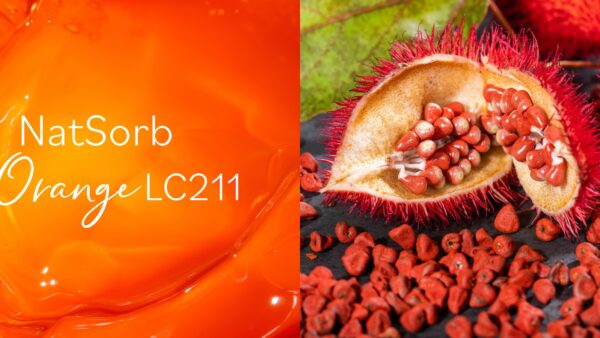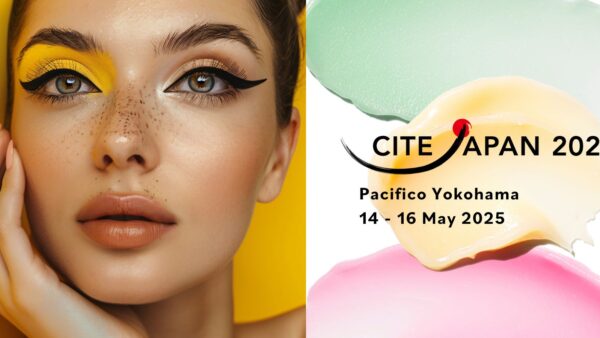In the United States there are fewer regulations that govern beauty products (versus Europe – a common comparison) and what ingredients that can be used in them. Current US FDA regulations for Semi-permanent/Temporary Hair Colorants only require that brands provide accurate information on usage to minimize irritation, which little to no restrictions on the types of dyes used. Therefore, some brands can use either textile or other low quality dyes. It’s up to each brand to ensure that the products they market to consumers are safe to use and won’t cause irritation.
Consumers place importance on clean beauty and safety
A survey conducted by Mintel, in partnership with Sensient, shows consumers have an interest in clean beauty and clean hair products in general – and there’s an opportunity for hair colorants and dye to fulfill that need. Clean Beauty is significantly more important for those who have experienced irritation in the past and for those who place importance on their hair care. Women are also more likely to place importance on clean beauty than men.
Clean beauty is not limited to cosmetics and skincare with consumers expressing interest in clean hair products as well. Three-fourths of respondents and at-home hair dye users state using clean hair products is important to them.
Safety emerges as an important factor when selecting a brand of at-home hair colorant or dye, and rightly so, as four in ten consumers report they have experienced irritation from hair dye or color products.
Along with safety, long-lasting color and ease of use stand out as top factors when selecting an at- home hair colorant or dye brand, with eight in ten consumers rating each as important. Over two-thirds (68%) of respondents are concerned with the safety of ingredients in hair color and dye products, increasing to 80% among respondents who have experienced irritation in the past.
Lack of Brand Loyalty in the space
The Mintel survey also showed that at-home hair dye users are not brand loyal and would possibly switch for safer, clean ingredients – this is especially true for consumers who currently use temporary or semi-permanent hair color.
Among consumers who currently use at home hair dye or who would consider it, two-thirds (67%) are likely to try a brand of at home colorant or dye. Men are significantly more likely (71% vs 65%) to try a new brand over women.
Irritation Impacts Purchase
Our research shows that consumers who have experienced irritation from hair dye in the past are also more likely than others to say they’re interested in trying a new brand of color or dye. Experiencing irritation gives consumers a negative impression of a brand overall and one in five who experience irritation say they’ll avoid using any products from a brand that has given them irritation in the past.
Consumers are doing research before they purchase. Four in ten consumers report they frequently read ingredients on the product label of hair dye, increasing to five in ten among those who have experienced irritation in the past. Those who are interested in learning more information on safe ingredients in the haircare space want information available via a general online search, on social media and on brand websites.
At home hair care could be here to stay
The overall frequency of professional hair services has decreased since COVID-19, with more than one-third saying they’ve had their hair cut less than once in the past year. Fewer consumers have tried dying their hair at home for the first time during COVID-19 than expected. Only one in ten recent at-home hair dye users said they did so for the first time since the start of the pandemic. However, respondents that already regularly dyed their hair at-home report doing so more frequently now, while those who rely on professional salon services are more likely to have decreased the frequency of dying or coloring their hair since March of 2020. Colors within the natural hair color range are most popular, but non-natural colors are entering the consideration set for home color and dye. At-home hair dye and color provides an opportunity for consumers to experiment with semi-permanent, temporary and permanent color.
In Europe, hair colorants are regulated as a cosmetic product through the SCSS (Scientific Committee on Consumer Safety), which is one of the independent scientific committees managed by the Directorate-General for Health and Consumer Protection of the European Commission, which provide scientific advice to the Commission. This committee provides opinions on health and safety risks of non-food consumer products. About half of respondents surveyed by Mintel are interested in learning more about the SCCS, but those who have experienced irritation and those who currently use temporary and semi-permanent colors are especially interested.
Of those who have never dyed their hair at-home or only get it dyed professionally, one third stated they have not used at-home color or dye because they’re scared of damaging their hair. A little less than half of those who have never dyed their hair at home said they considered doing it for the first time during the COVID-19 pandemic. As at-home users gain confidence and try new at-home hair color brands, those brands that put an emphasis on “clean beauty” and safe ingredients could stand out.
Methodology
The At-Home Hair Dye Consumer online survey was conducted by Mintel (www.mintel.com) in English, with an average interview length of 15.9 minutes. All interviews were conducted between February 18 and March 1, 2021. Results analyzed at a 95% confidence interval; total sample of n=2,548, +/-1.94% margin of error.
Contact our North America Product Manager, Timothy Duzick Timothy.Duzick@sensient.com for more information on this Study.









